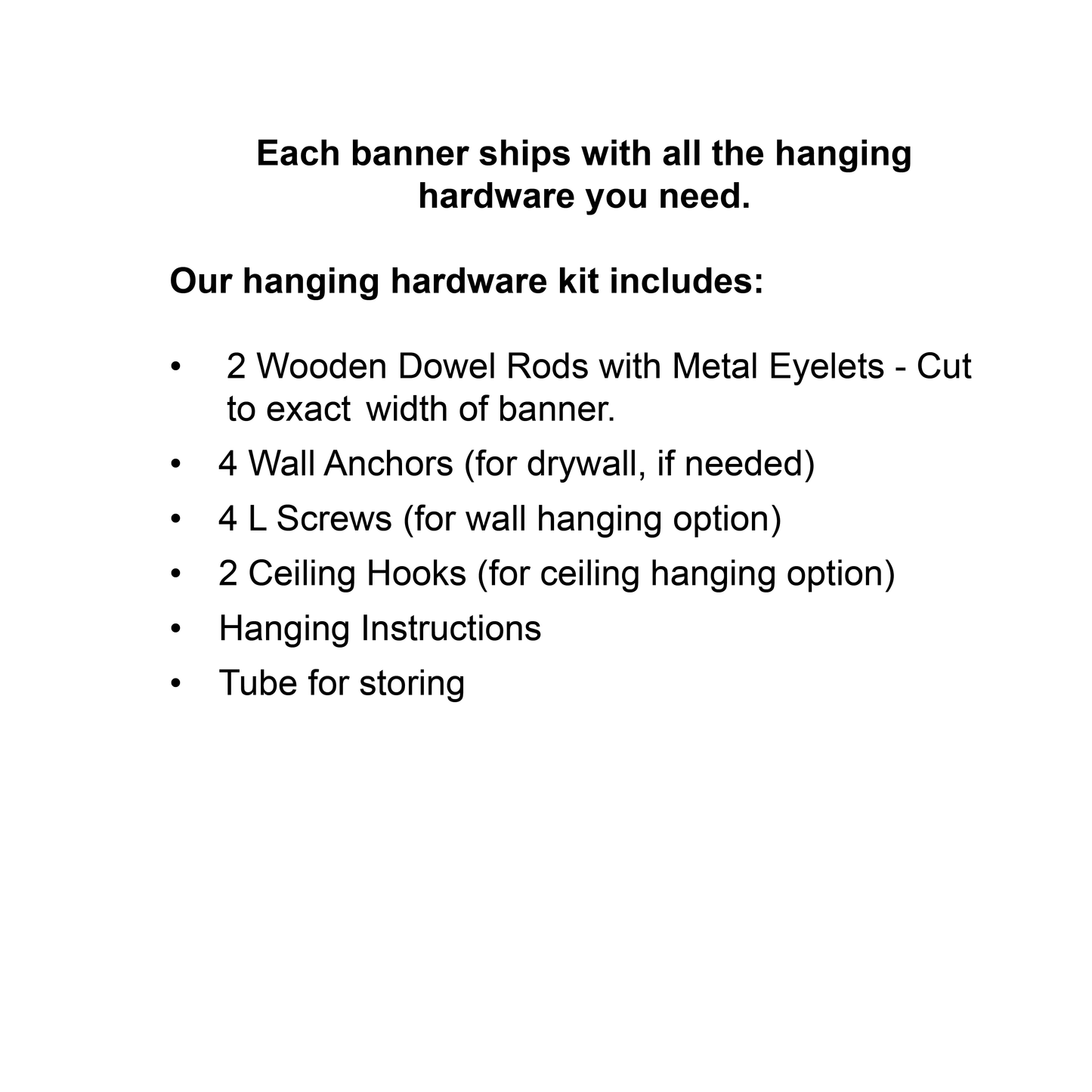The Art Institute of Chicago
Henri Matisse "Apples
Henri Matisse "Apples
Couldn't load pickup availability
Share
Limited Edition: 35
Exhibition: Matisse: Radical Invention, 1913-1917
Material: Printed vinyl
Dimensions: 30" x 99" (76cm x 251cm)
Hanging Hardware Included
Summary
Even before his period of radically inventive exploration, which is the subject of the exhibition Matisse: Radical Invention, Henri Matisse was developing his own form of Modernism. He was the leader of the Fauves (wild beasts), a term dubbed by art critic Louis Vauxcelles who was shocked by the wildly dissonant colors and freely altered pictorial scenes painted by Matisse and his contemporaries. Fauvism died out after a few years and Matisse entered an intense growth phase between 1913 and 1917 on which the exhibition sheds new light. Apples was painted during this period and adorns 35 banners that were used to promote the exhibition.
Description
The period between 1913 and 1917 is the least studied of Henri Matisse’s long career, yet was pivotal for his exploration of radical and rigorous techniques in his art. Matisse moved away from his earlier Fauvist work in rich color and developed what he called “methods of modern construction”, whereby the act of creation itself was the focus. His paintings took a sculptural approach; paint was layered, and incised, and scraped, and then sometimes, repainted. One of the exhibition’s highlights, Bathers by a River, exemplifies his revolutionary style of taking away, adding to, yet leaving something behind—revealing his process. In fact, Matisse returned to this painting repeatedly over several years (1909-10, 1913, 1916-17) until it was completed.
The influences of both Cubism and the presence of World War I in Paris where he lived during most of this period served as a backdrop to Matisse’s art at this time. While his works made no direct reference to war, the repeated reworking as Matisse adjusted his approach to familiar motifs may have been a byproduct of striving to work creatively under difficult circumstances.
The Art Institute of Chicago's exhibition Matisse: Radical Invention included nearly 120 paintings, sculptures, drawings, and prints, and was the first devoted solely to Matisse’s work from late 1913 through 1917. The exhibition was promoted using two banners, one bearing Apples and the other Goldfish and Palette.
Matisse worked on several of his long-term masterpieces during 1916, one of the most devastating years of WWI as the gruesome Battles of Verdun and the Somme raged near Paris. About the war, he said, “I am often sickened by all of the upheaval to which I am not contributing—and it seems to me that my place is not here. I work as much as I can . . . I can’t say that it is not a struggle—but it is not the real one.” His works were both physically and mentally challenging and were a response to the stressors of the war. Matisse couched the rigors of working on his experimental works such as Moroccans with returning to the more familiar still life to explore new ideas. In Apples, he experimented with the visual motifs of the circular form and the play of darkness and light.
The top of the banner is red with Art Institute of Chicago reversed out in white. Apples is in the center, and at the bottom are the words: “Illinois. Mile after Magnificent Mile”. On the back of the banner, the exhibition name “Matisse: Radical Invention, 1913-1917” appears vertically in black on a white background.
Provenance
This banner was displayed around Chicago from March 20 to June 20, 2010. The exhibition was co-organized with the Museum of Modern Art, New York, and was shown there from July to October 2010
About the Artist












